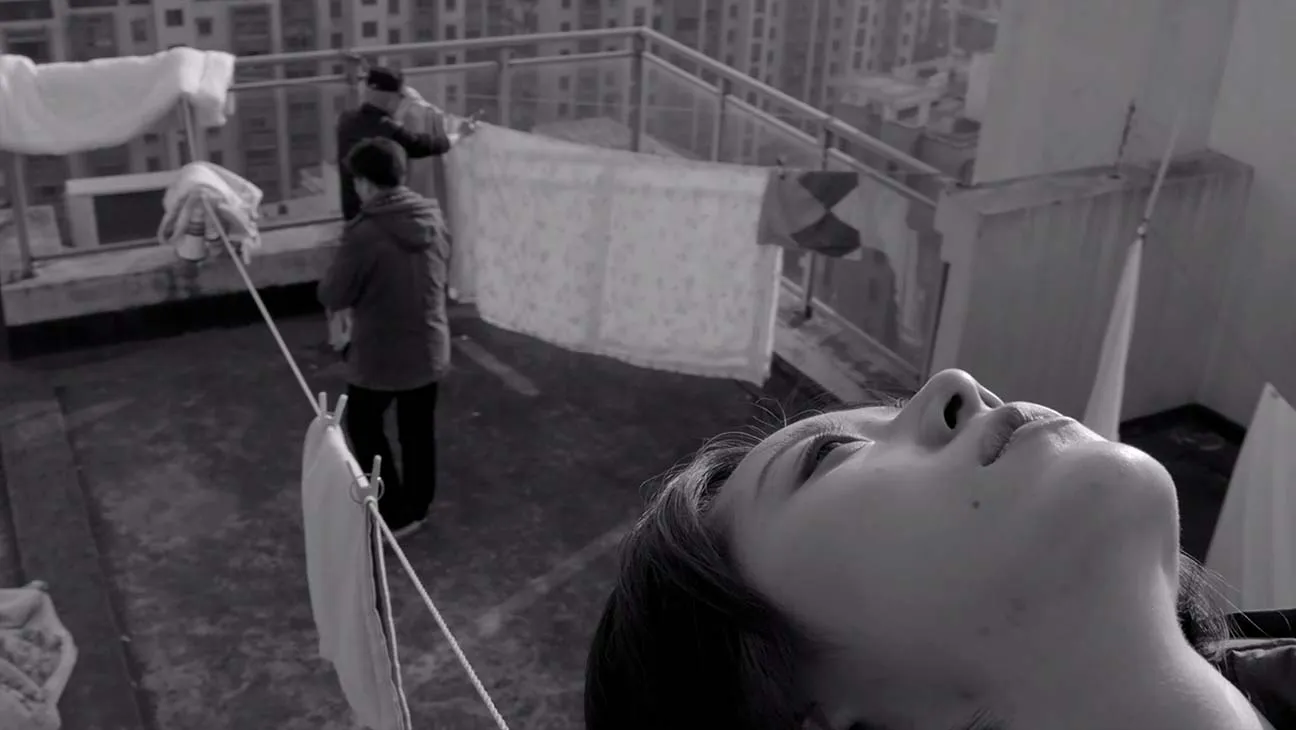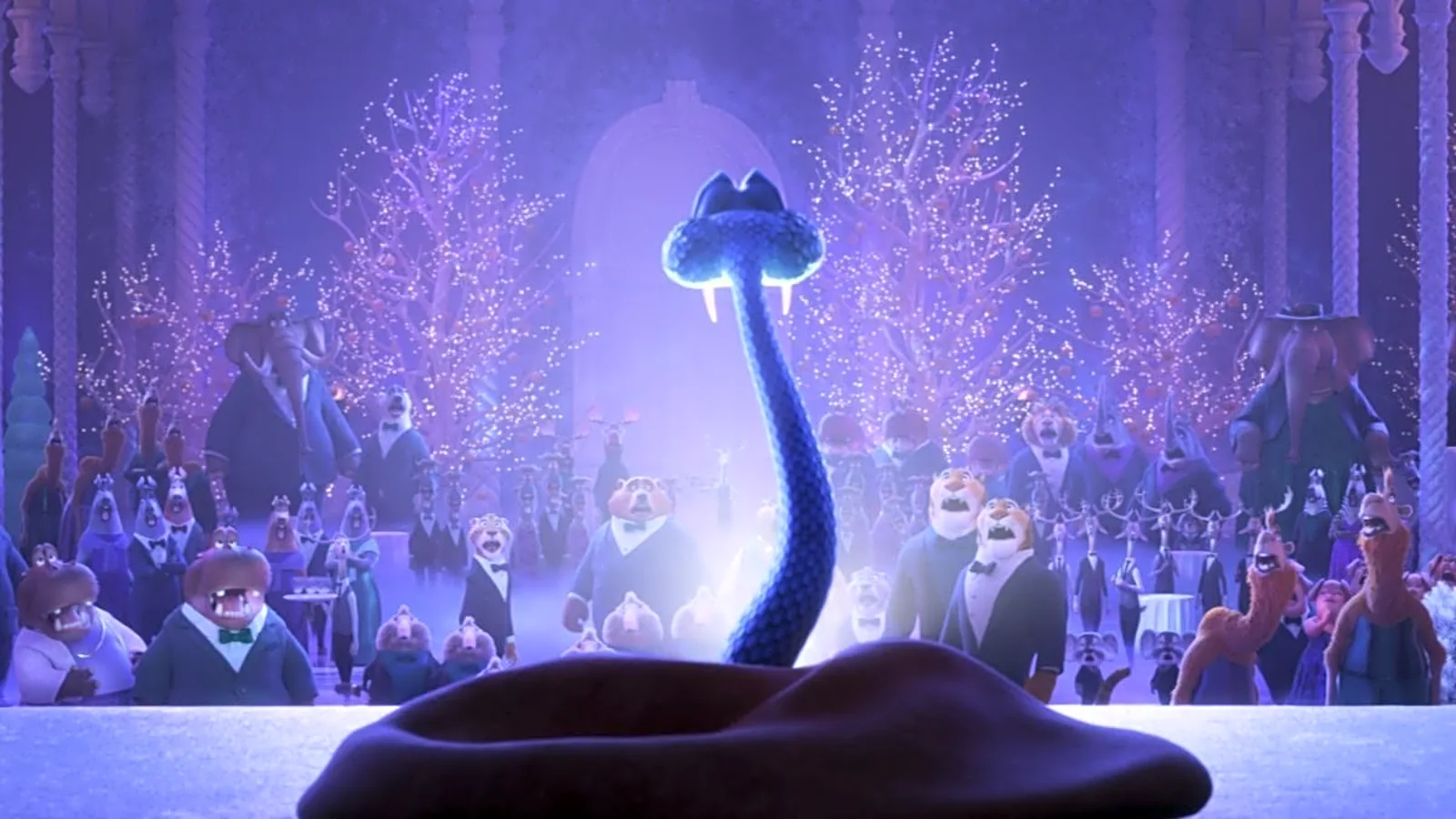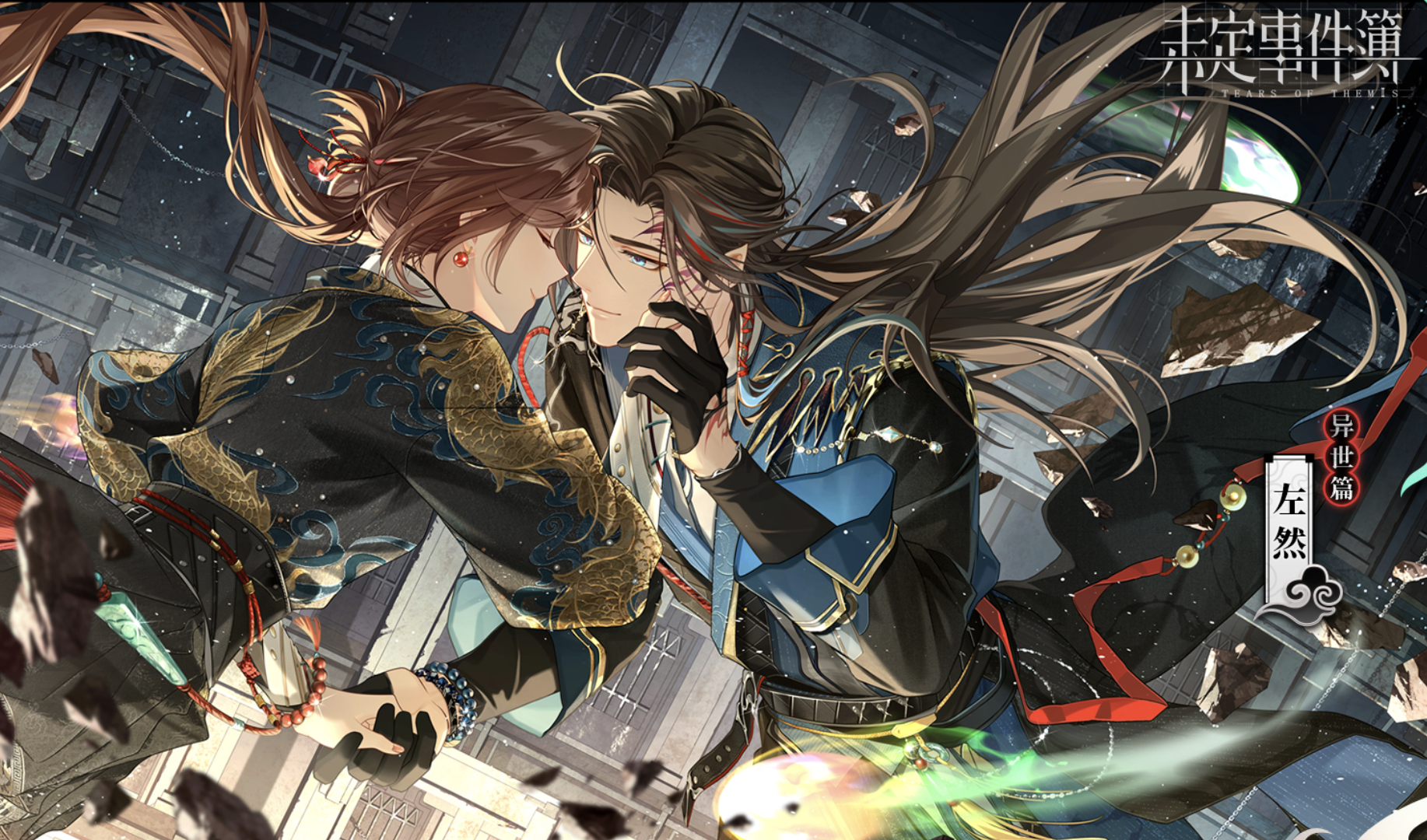My Own Private Cinema is a monthly RADII column that focuses on impactful and inspiring films from China’s cinema history.
A mother drives her son crazy as she frequently disappears from their home to climb trees; a teacher breaks his leg after running away from an angry mob that has wrongfully accused him of being a pervert; an old man takes up with a gang of young children roving the countryside shooting pheasants.
Jiang Wen‘s The Sun Also Rises is an epic in four parts; an intense, colorful, over-acted and humorous film that lasts long in the memory after watching it. The 2007 movie, Jiang’s third as director, takes place at different times and in different places (though all within Mao’s reign as leader of China), with the four vignettes seemingly cut up like a William Burroughs novel and pieced back together at random places.
It’s at times a confused mass of intersecting storylines, but as famous Taiwanese film critic Peggy Chiao commented, “watching the film is almost like decoding The Da Vinci Code, but once you find the hinge, you’ll be amazed by the clarity and vitality of the metaphors Jiang has arranged.”
Dual Threat
Released in 2007, The Sun Also Rises earned critical praise, but failed to make an impact at the box office. Jiang had enjoyed a colorful cinematic career until that point. An actor prior to his directorial work, he got his silver screen break in the 80s, with starring roles in Xie Jin’s award-winning Hibiscus Town and Zhang Yimou‘s debut feature film, Red Sorghum.
He began his directorial career in the mid-90s with In the Heat of the Sun (1994) which became a massive success in terms of its artistic reputation and its commercial popularity, marking his transition from experienced actor to experimental director. The dreamlike style of this debut feature is a good steer for the stylistic narrative and themes that imbue The Sun Also Rises.
 His follow-up to In the Heat of the Sun came six years later, the slapstick, violent and illuminating Devils on the Doorstep. While that film has also become known as one of the best Chinese movies ever made, the narrative slant that Jiang took angered Chinese authorities, as the film sought to interpret the Sino-Japanese War oppositional to the way film and literature had until that point, while he also entered the movie into international film festivals without prior official approval. Jiang was banned from filmmaking for several years as a result of defying the rules.
His follow-up to In the Heat of the Sun came six years later, the slapstick, violent and illuminating Devils on the Doorstep. While that film has also become known as one of the best Chinese movies ever made, the narrative slant that Jiang took angered Chinese authorities, as the film sought to interpret the Sino-Japanese War oppositional to the way film and literature had until that point, while he also entered the movie into international film festivals without prior official approval. Jiang was banned from filmmaking for several years as a result of defying the rules.
These two early forays in directing came to define his next few films, perhaps none more so than The Sun Also Rises.
Magical Realism in Lieu of Realism
While the title of the film may be interpreted as an implicit response to the ups and downs the director had experienced, Jiang said it came from a line in the Old Testament: “One generation passeth away, and another generation cometh: but the earth abideth forever. The sun also ariseth, and the sun goeth down, and hasteth to his place where he arose.”
“Lives are intertwined as time passes by,” Jiang Wen said in an interview when asked about his message from the film to his audience. So how is this seemingly chaotic film related to the profundity of life and time?
Focusing on just six characters, and broken into four parts named “Madness,” “Love,” “Rifle,” and “Dream” three of the vignettes are set during 1976, while the final part of the film is set in the deserts of West China in 1958.
From the outset of the film, we are immediately introduced to Jiang’s penchant for magical realism, for mixing memories and narrative with hallucinatory symbolism.
A mother buys a pair of ruby shoes which we are led to believe have been stolen by a bird which repeats the phrase, “I know, I know.” She chases the bird and then climbs a tree, at which point the camera zooms in on her, her body swaying on a branch in the wind as if leaning on the bow of a boat, facing towards the sea. She calls out the name of her husband and says, “Don’t be afraid, the train has stopped above! When day breaks he will smile!” The branch she is standing on snaps below, and she falls from the tree.
These lines are full of foreboding for the sprawling story that is yet to be played out. They also reveal the anguish of a person beset by the memory of their deceased spouse, accompanied by the ghosts and memories of people and places that have passed away during the turbulence of the early PRC. In a certain way, the image of the ruby slippers also quietly reveals to the audience that they’re not in Oz anymore.
Related:
 100 Films to Watch to Help You Understand ChinaFrom martial arts epics and animated classics, to pop culture fare and gripping documentaries – these films will help you better understand ChinaArticle Feb 02, 2021
100 Films to Watch to Help You Understand ChinaFrom martial arts epics and animated classics, to pop culture fare and gripping documentaries – these films will help you better understand ChinaArticle Feb 02, 2021
This opening scene is bizarre and the way that Jiang approaches the storytelling is even more confusing, so much so that the rest of the storyline is near impossible to piece together on first viewing. Starting from the mad mother and her perplexed son in the countryside, we move to a school where three new characters, Teacher Liang, Old Tang (Jiang Wen), and Doctor Lin (Joan Chen) negotiate an alleged sexual harassment case with tragic consequences. We then follow Teacher Tang who has been sent down to work in the countryside after Teacher Liang’s suicide, along with his wife, where they meet the mad mother’s son, before finally ending with the spectacular origin story of each of these main characters.
 Jiang situates the epic beginning of the story, when every major character of the film meets unconsciously in the Gobi desert, at the very end of the film to create a complete visual spectacle.
Jiang situates the epic beginning of the story, when every major character of the film meets unconsciously in the Gobi desert, at the very end of the film to create a complete visual spectacle.
The origin of the story, or the answer to the many questions that arise while watching the film, is not revealed until the very end. On the surface the film looks like a coincidental collection of four different stories, but according to Jiang, “all coincidences are inevitable, all inevitabilities are coincidental,” and the film is actually about one story only. This particular storytelling strategy requires a conscientious viewer who is willing to solve the puzzle Jiang makes of his film, but the emotional intensity that comes with this mind-blowing cinematic experience is enough of a reward in itself.
Piecing Together a Visual Epic
The story is adapted from Ye Mi’s story Velvet, but the novel provides only part of the storyline, or rather the initial inspiration, for the film, as is the case with most of Jiang’s films. Full of frenetic energy and the unrestricted flow of emotions and thoughts, Jiang Wen’s film adaptations often depart creatively from the original stories. His most recent production, Hidden Man (2018), also follows this pattern, where he essentially borrows from Zhang Beihai’s wuxia novel Xia Yin to tell a fascinating revenge story of his own. This perhaps reveals part of Jiang Wen’s personality as an unconventional director full of expressive power.
Related:
 Jiang Wen’s “Hidden Man” is China’s Nominee for the Next Academy AwardsArticle Oct 09, 2018
Jiang Wen’s “Hidden Man” is China’s Nominee for the Next Academy AwardsArticle Oct 09, 2018
Another strand of the story comes from Jiang’s passion for music. A folk song that Jiang heard his Xinjiang classmates sing in college contributed to the Xinjiang scenes and melodies of the film. In the fourth part of the story, when Tang marries his wife in the Gobi desert, the couple sing and dance with locals in a wild celebration, to the very Xinjiang melody that had stayed with Jiang Wen for decades. Jiang Wen obviously has a special taste for music, with other parts of the soundtrack being created by the legendary Japanese composer Joe Hisaishi under Jiang’s request. The soundtrack is at once grand and sad, suiting the mysterious atmosphere of the film. In fact, the director loved it so much that he also used the soundtrack for his next film Let the Bullets Fly.
The complicated time puzzle of the storyline, even if correctly solved, presents a rather absurd picture. This seemingly absurd story is of course subject to different interpretations, but perhaps it is in this absurdity Jiang intentionally creates that we approach the complexities of human relationships and love, the probable theme of this film.
 Part of the absurdity is reflected in the repressed human desires and love of Socialist China. Although the director makes few references to the tumultuous historical era, everything in this film is conditioned by its particular historical context. The film engages with the socialist atmosphere so intensely and quietly, that certain members of the audience may even forget about the historical background. Instead of employing a retrospective perspective and posing any judgements or criticism, Jiang Wen engages the memory as someone who experienced the socialist era himself, and personal engagement naturally involves an overflow of emotions. This is not his first attempt to capture its texture — his first movie, In the Heat of the Sun, is also a tribute to his memory of growing up in Beijing during the Cultural Revolution, and one which mixed memories with a dreamy forgetfulness and idealistic idea of the past.
Part of the absurdity is reflected in the repressed human desires and love of Socialist China. Although the director makes few references to the tumultuous historical era, everything in this film is conditioned by its particular historical context. The film engages with the socialist atmosphere so intensely and quietly, that certain members of the audience may even forget about the historical background. Instead of employing a retrospective perspective and posing any judgements or criticism, Jiang Wen engages the memory as someone who experienced the socialist era himself, and personal engagement naturally involves an overflow of emotions. This is not his first attempt to capture its texture — his first movie, In the Heat of the Sun, is also a tribute to his memory of growing up in Beijing during the Cultural Revolution, and one which mixed memories with a dreamy forgetfulness and idealistic idea of the past.
The Sun Also Rises was the first time Jiang Wen intentionally played with the audience’s sense of time in his films, but it was also his last attempt until now. Still, this particular storytelling strategy turned many people away, as they came to find the film too difficult to understand. The film was therefore considered “artistic” and indie, with its box-office income (30 million RMB) far below the production cost (80 million RMB). After the box-office frustration, Jiang went on to make films that “the audience would understand.”
For more Chinese films, read our list of 100 Films to Understand China
Cover image via DepositPhotos
















